Studio Plastique: the world needs ‘sensible and empathic’ design
Brussels-based designers Archibald Godts and Theresa Bastek of Studio Plastique – named by Formafantasma as one of 25 creative leaders of the future in Wallpaper’s 25th Anniversary Issue ‘5x5’ project – on using design to address global challenges
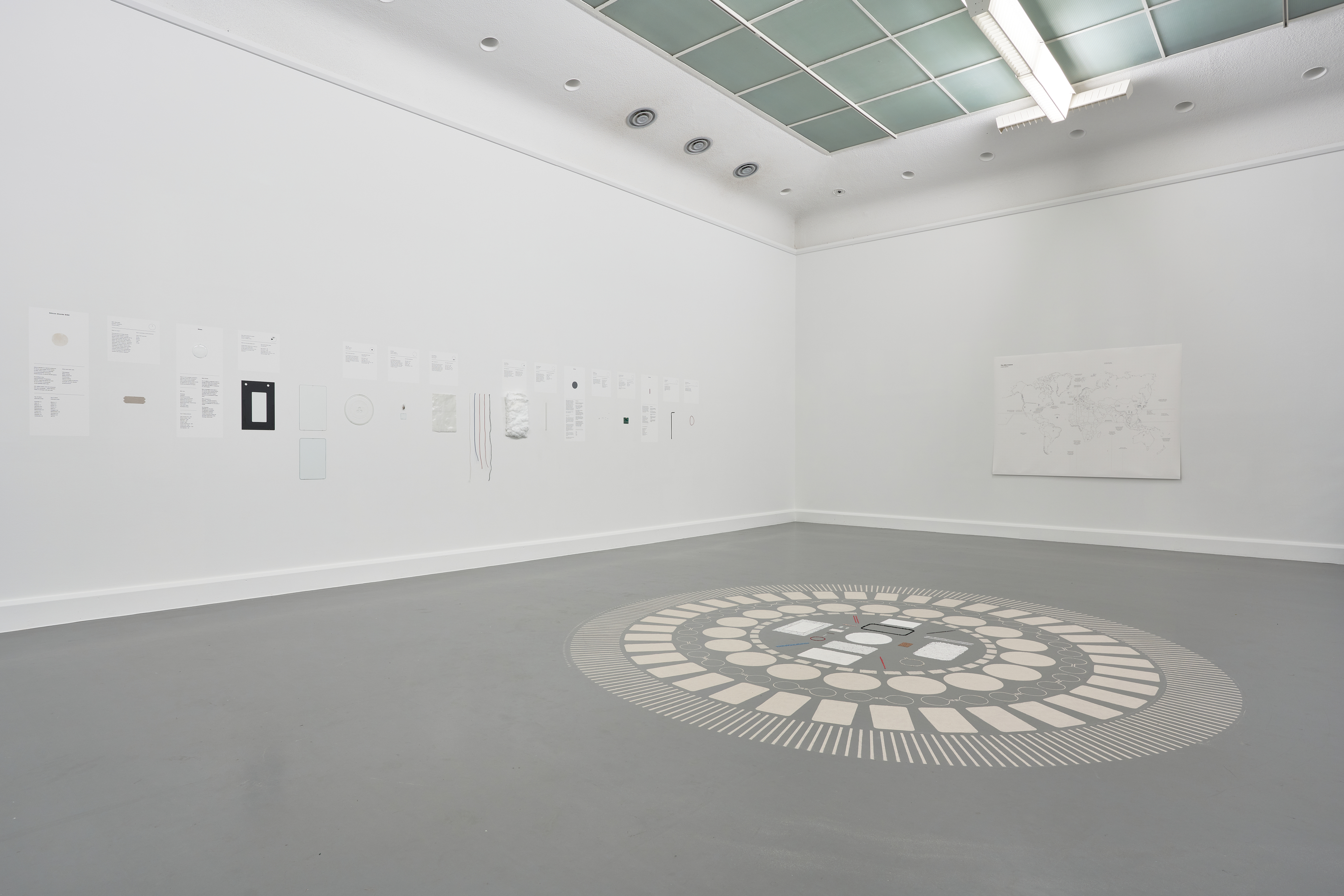
Brussels-based Studio Plastique was founded by Archibald Godts and Theresa Bastek, who met at Design Academy Eindhoven. ‘When we graduated, the idea that, as designers, we would potentially be contributing to filling the world with more unnecessary mass-produced stuff stripped of any character, meaning or grace, quite frankly horrified us,’ say the designers. ‘Instead, we found a common desire to address the many challenges our world is facing.’
The duo’s endeavours have not gone unnoticed, recently seeing Studio Plastique named as one of 25 creative leaders of the future by Formafantasma, for Wallpaper’s 25th Anniversary Issue ‘5x5’ project.
Studio Plastique’s key design themes

Theresa Bastek and Archibald Godts
The studio explores design’s potential impact on the world, and how it can instill change. They do this by investigating available resources and material supply chains, production processes and their social and environmental impact, and by designing end-of-life ‘recycling scenarios’ for objects. Their work challenges common concepts such as ownership, and explores both the ecological and economic sustainability of design.
A fitting example of this attitude is Current Age (2020), which looks at electricity as an immaterial phenomenon and its indispensable role in today’s society, from culture and communication, to industry, medicine, and technical development. The project originated from a question: ‘If, as designers, our tasks can be to shape a lamp, should it not also include the way the light comes into it?’ Their work was presented through an exhibition at Z33 House for Contemporary Art and Design in Hasselt, Belgium, for which they gathered a group of grid operators, energy providers, innovators, academics, sustainable energy lobbyists and more to present ideas on redesigning electricity and its systems.
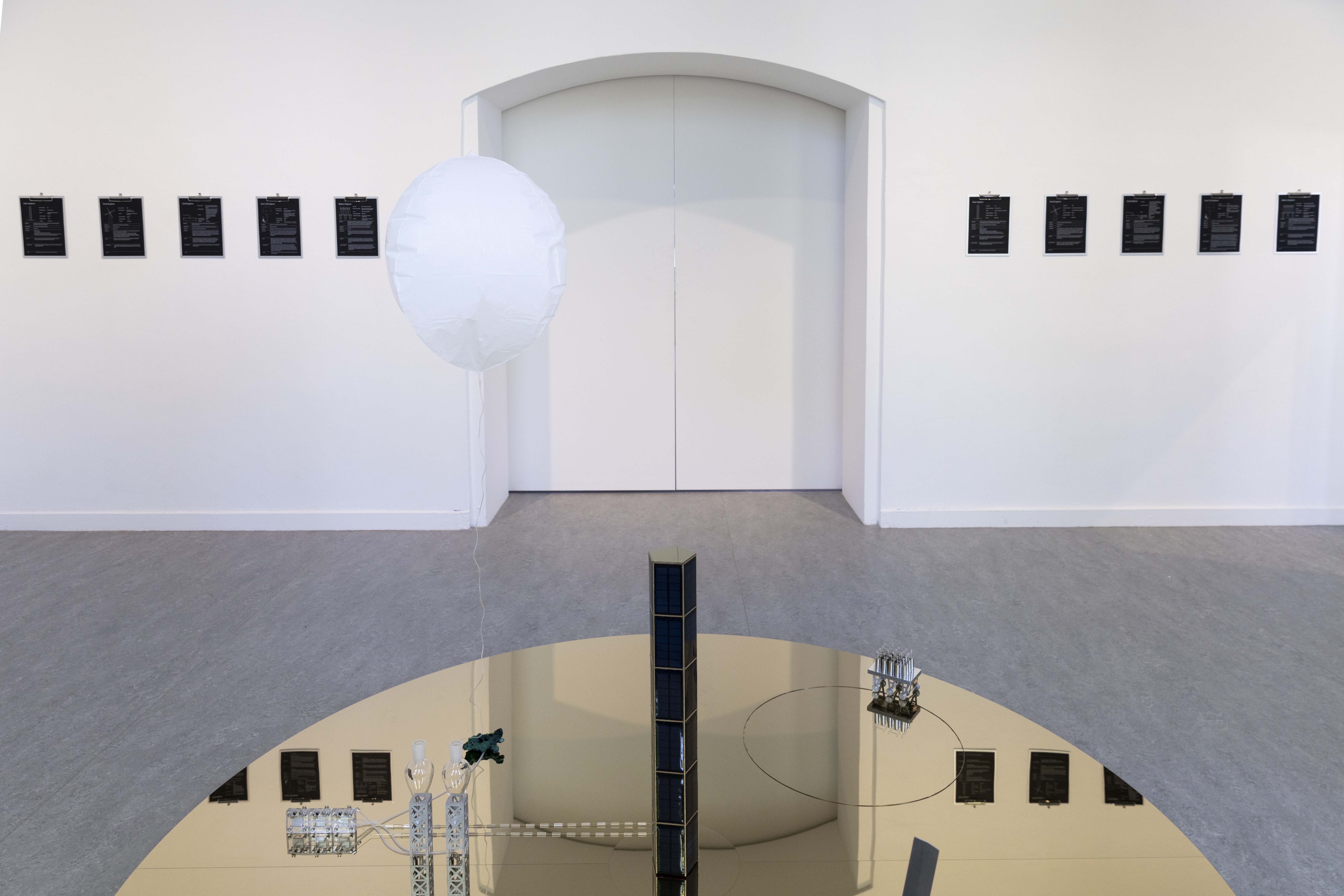
Current Age, exhibition view
Another project by the pair is Common Sands (2016), exploring sand’s ubiquitous nature as ‘a fundamental resource for our civilisation’ (from architecture to communication, household objects, as well as medicine and paint). The studio developed processes to extract sand-based materials (such as silica) and give added value to their unique characteristics.
This also resulted in a collaboration with Snøhetta and Fornace Brioni, and culminated in the soon-to-be-launched ‘Forite’ collection of recycled glass tiles, made from the glass components of discarded ovens and microwaves. ‘With the aim of creating sustainable, smart and refined architectural products, the project creates new value for an abundant yet unexploited group of materials,’ they explain.
The duo urge younger designers to ‘find your own way of being, of meaning, to the world in all its facets, to your community’. ‘There are so many ways of making sensible and empathic contributions as a designer and the world urgently needs those,’ they say, citing collaboration as the key ingredient for emerging designers today.
Receive our daily digest of inspiration, escapism and design stories from around the world direct to your inbox.
‘Reaching out to others is key. We see too often how projects fail to make a difference because they weren’t worked on from different perspectives and with as much knowledge on board as possible. Collaboration isn’t just meaningful, but foremost rewarding.’
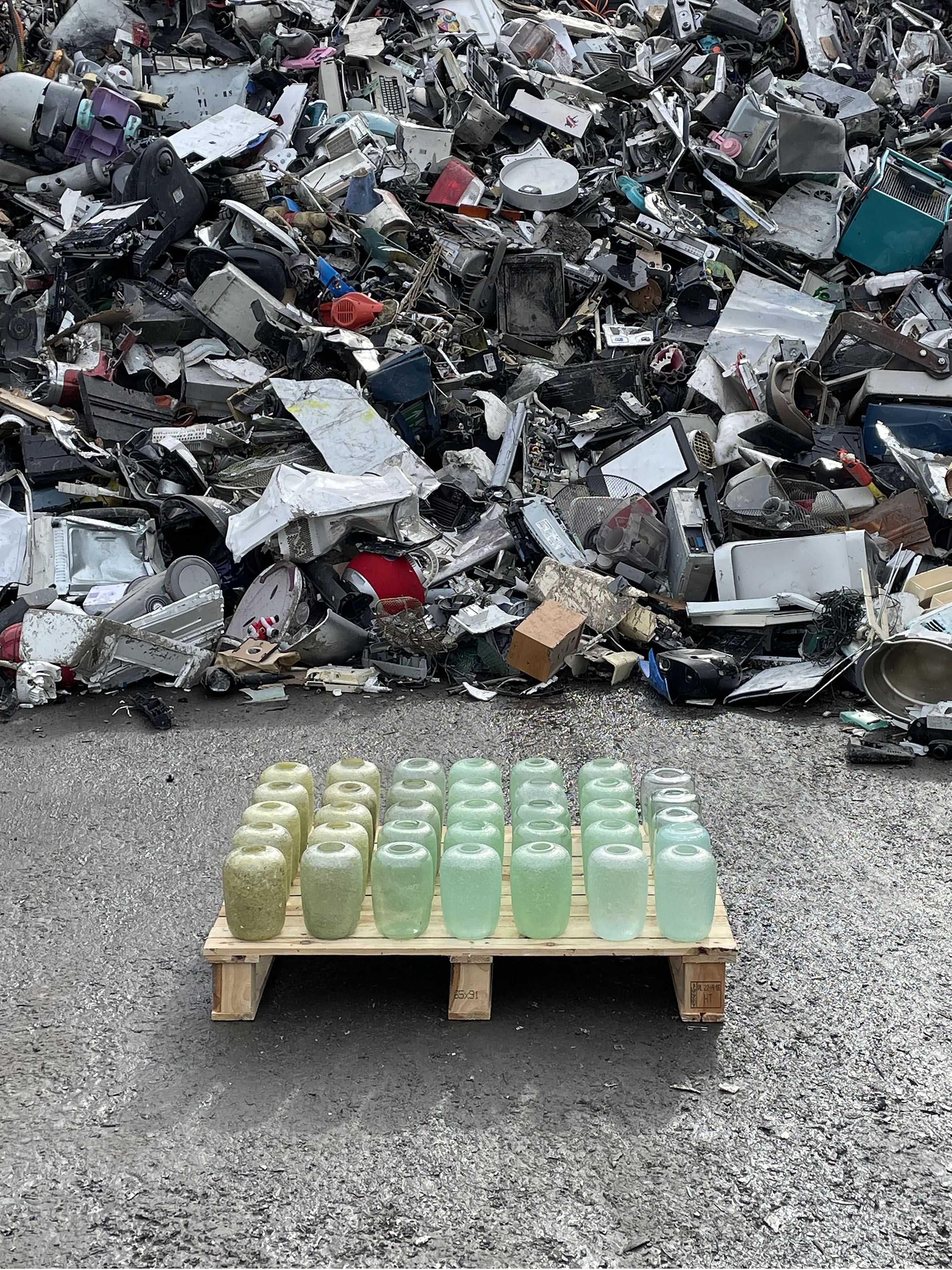
Common Sands vases

Current Age
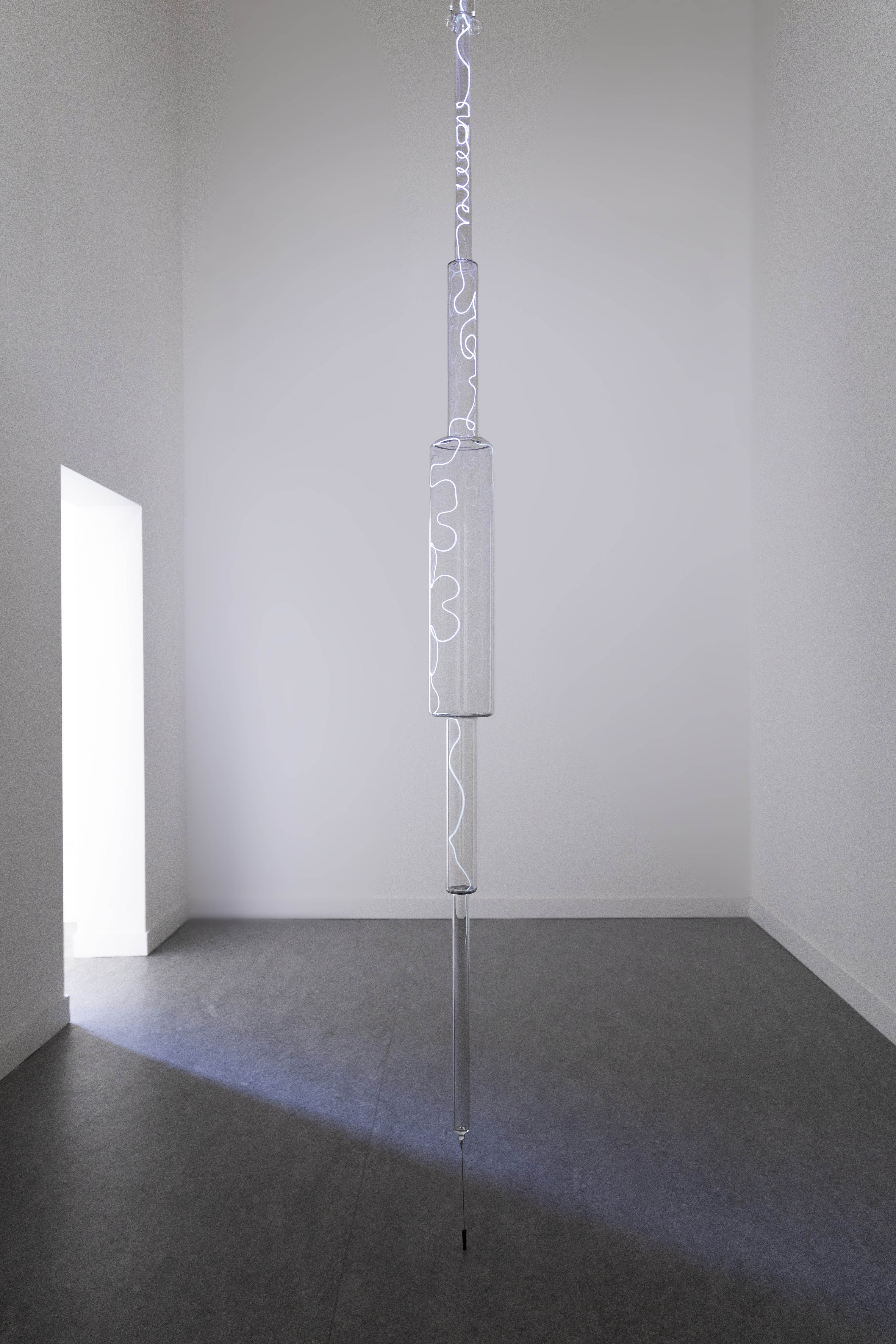
Current Age
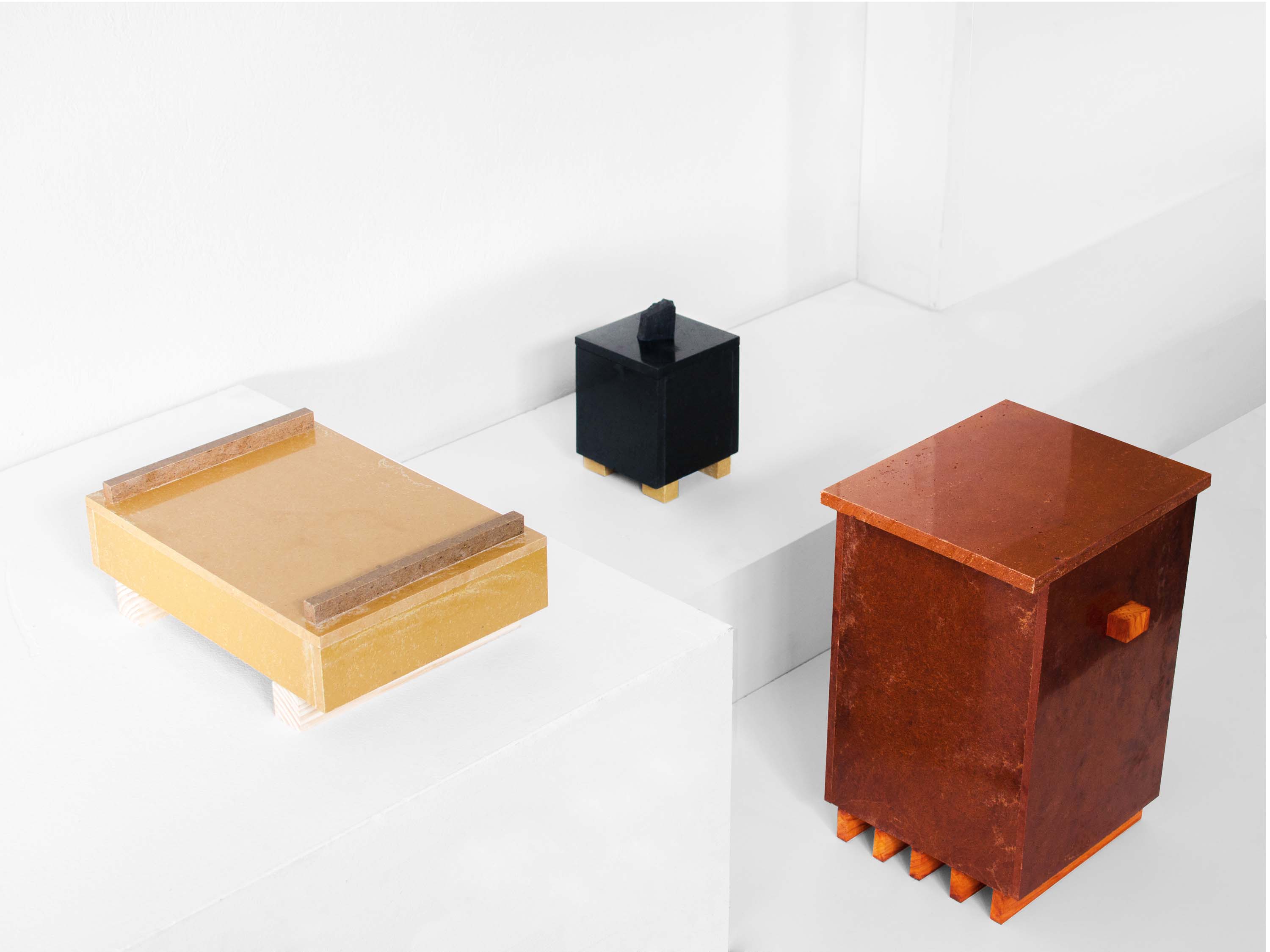
Out of the Woods, a project exploring the potential of alternative resources from forests, such as leaves, needles and bark, which were combined into a new material
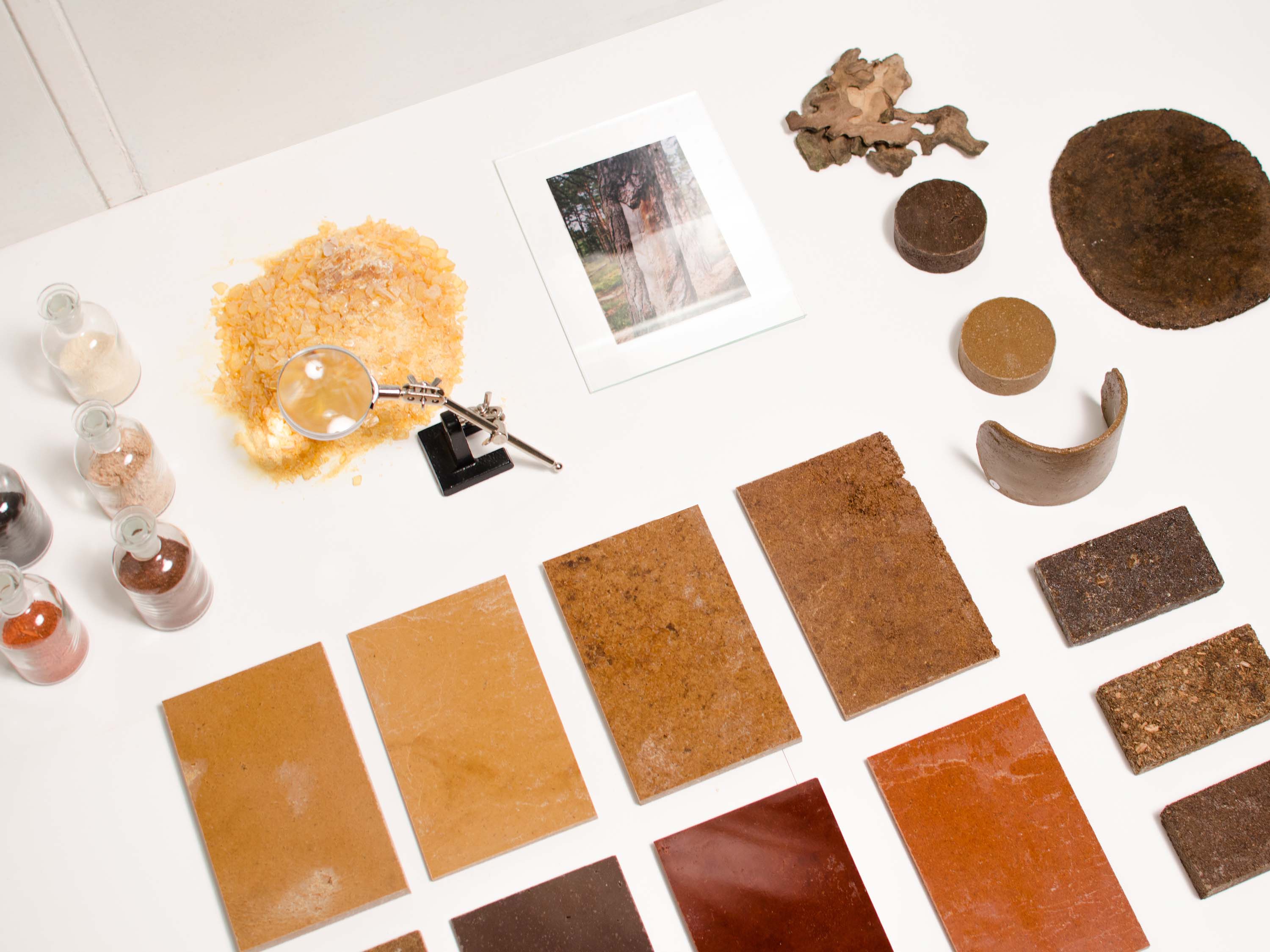
Out of the Woods, material research
INFORMATION
A version of this article appears in Wallpaper’s October 2021, 25th Anniversary Issue (W*270), on newsstands now and available to subscribers – 12 digital issues for $12/£12/€12.
Meet more creative leaders of the future nominated by Formafantasma here.
Rosa Bertoli was born in Udine, Italy, and now lives in London. Since 2014, she has been the Design Editor of Wallpaper*, where she oversees design content for the print and online editions, as well as special editorial projects. Through her role at Wallpaper*, she has written extensively about all areas of design. Rosa has been speaker and moderator for various design talks and conferences including London Craft Week, Maison & Objet, The Italian Cultural Institute (London), Clippings, Zaha Hadid Design, Kartell and Frieze Art Fair. Rosa has been on judging panels for the Chart Architecture Award, the Dutch Design Awards and the DesignGuild Marks. She has written for numerous English and Italian language publications, and worked as a content and communication consultant for fashion and design brands.
-
 High in the Giant Mountains, this new chalet by edit! architects is perfect for snowy sojourns
High in the Giant Mountains, this new chalet by edit! architects is perfect for snowy sojournsIn the Czech Republic, Na Kukačkách is an elegant upgrade of the region's traditional chalet typology
-
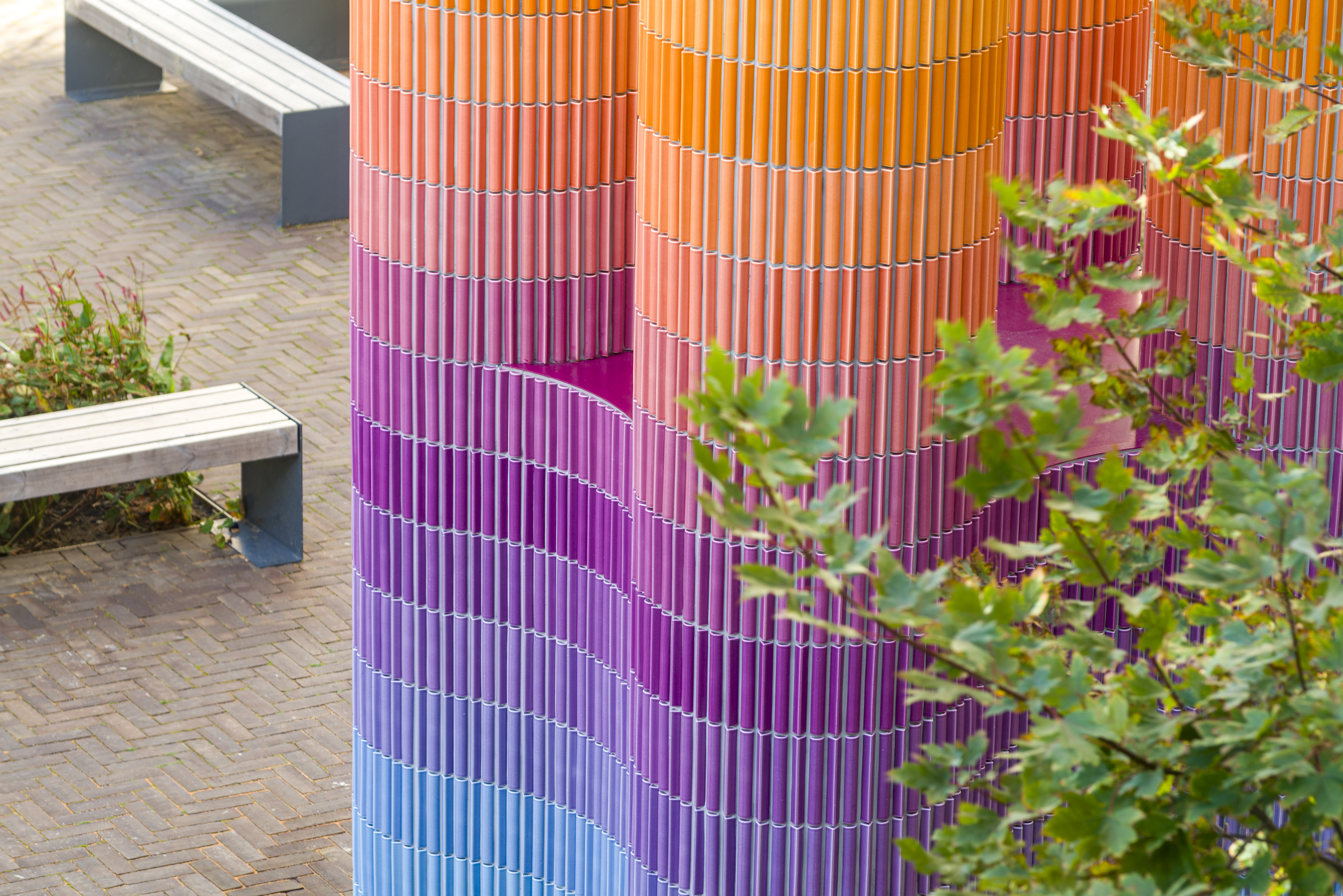 'It offers us an escape, a route out of our own heads' – Adam Nathaniel Furman on public art
'It offers us an escape, a route out of our own heads' – Adam Nathaniel Furman on public artWe talk to Adam Nathaniel Furman on art in the public realm – and the important role of vibrancy, colour and the power of permanence in our urban environment
-
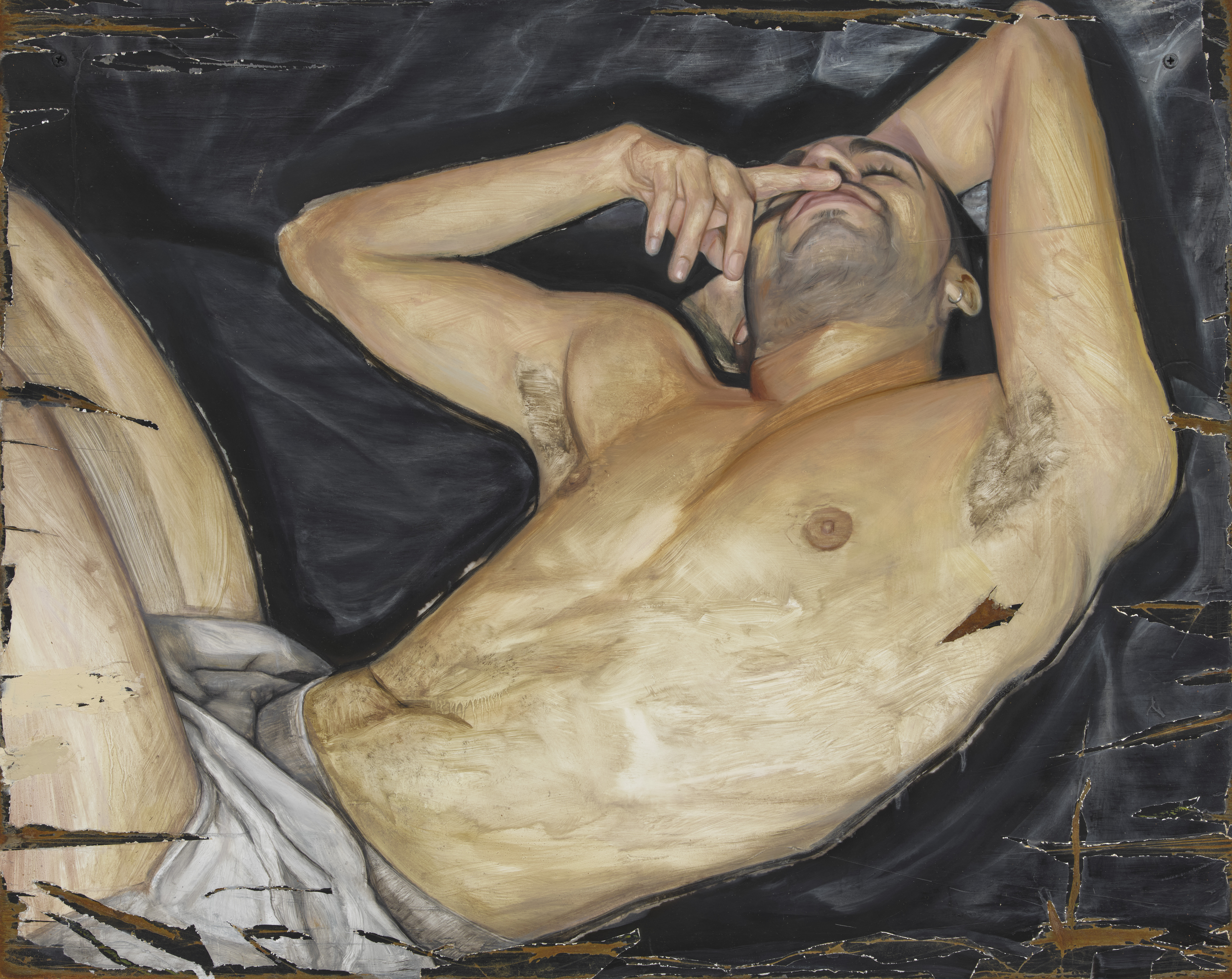 'I have always been interested in debasement as purification': Sam Lipp dissects the body in London
'I have always been interested in debasement as purification': Sam Lipp dissects the body in LondonSam Lipp rethinks traditional portraiture in 'Base', a new show at Soft Opening gallery, London